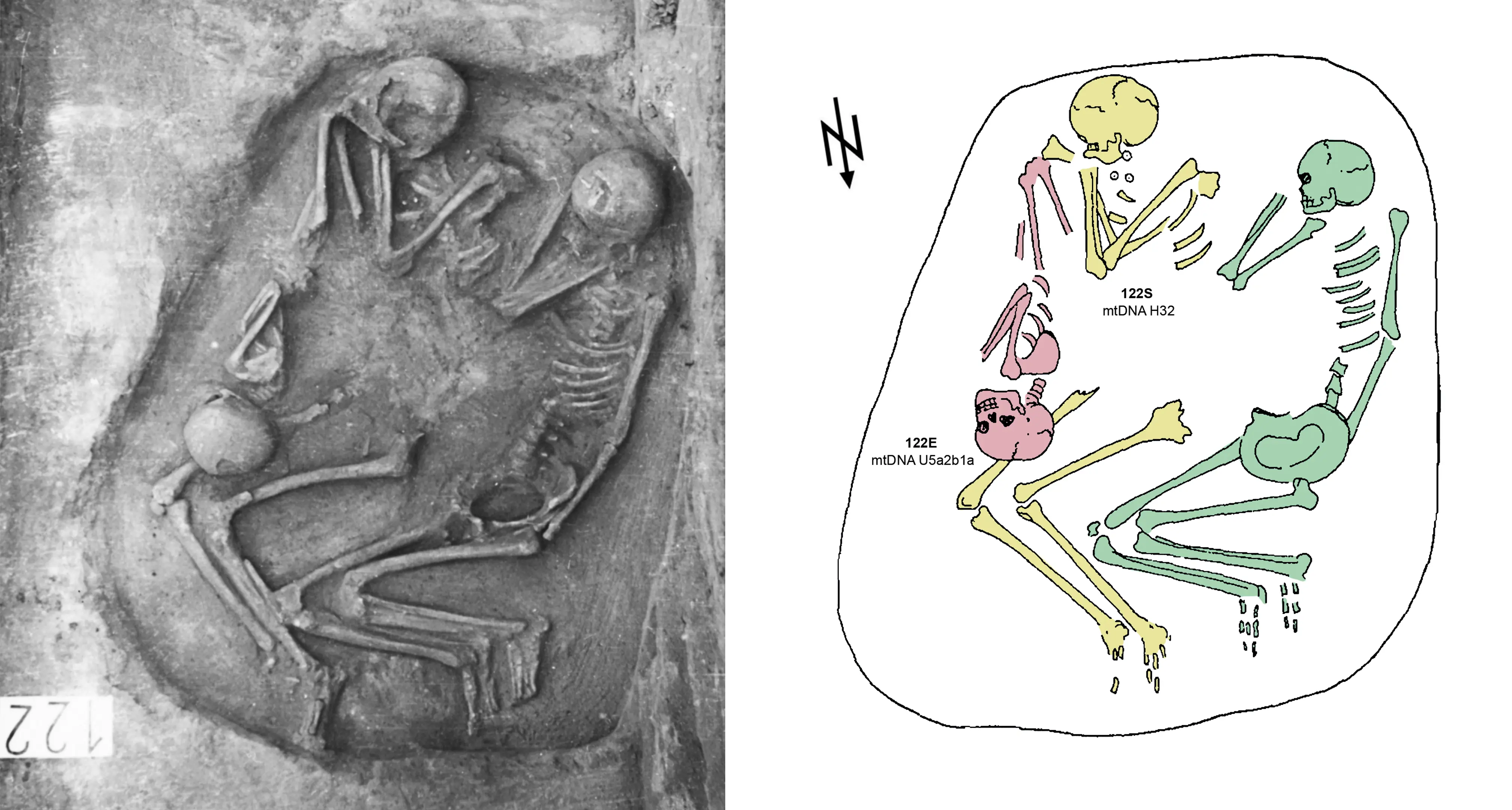Found 764 results
Open Access
Review
28 October 2025Digital Transformation and Circular Economy Integration: Pathways for Sustainable Business Innovation
The accelerating pace of digital transformation has reshaped how industries pursue sustainability, offering innovative ways to integrate environmental responsibility into business strategy. This study examines how digital technologies such as artificial intelligence, blockchain, the Internet of Things, and big data analytics enable the adoption of circular economy principles in sustainable business innovation. Using a systematic literature review of 85 studies published between 2015 and 2025, the research identifies key mechanisms through which digital transformation enhances resource efficiency, extends product lifecycles, and promotes transparent supply chains. The findings show that digitalization strengthens competitiveness and sustainability but presents challenges such as high implementation costs, unequal access to digital infrastructure, and the environmental footprint of information and communication technology systems. The study concludes that aligning digital adoption with organizational culture, governance structures, and supportive policy frameworks is essential for realizing circular economy strategies at scale and achieving resilient, low carbon, and sustainable business models.

Open Access
Article
28 October 2025Phylogeography and Microevolution of Y-Chromosome Haplogroup N-B482: Ancient Diffusion and Modern Relicts
N-M231 is a major human Y-haplogroup comprising the widespread haplogroup N-Z4762 and a rarer haplogroup N-B482. Due to the limited data available, N-B482 has not been previously studied. We have compiled and analyzed a dataset of 88 N-B482 Y-STR haplotypes, utilizing a vast collection of samples from the Biobank of North Eurasia and genetic data published elsewhere. According to the phylogenetic analysis of ancient and modern samples, N-B482 has 2 subhaplogroups that diverged at ~12,600 YBP: the Balkan subhaplogroup N-P189.2 and the Altaian subhaplogroup N-Y147969. According to whole-genome sequencing, N-Y147969 comprises the North Altaian (N-Y149059) and Mongolian (N-MF36295) branches. The analysis of 28 ancient genomes revealed that N-B482 was widespread in Eurasia during the Neolithic, Bronze, and Iron Ages, spanning from Baikal to Hungary and from the Arctic to Uzbekistan, but it is now considered a relict. The number of its modern carriers is vanishingly small: the analysis of our samples from North Eurasia’s indigenous populations (n ≈ 25,000) detects N-B482 presence only in North Altaians (Kumandins, Chelkans, Tubalars), Mongolians, and Kalmyks. The primary cause of extinction for N-B482 lineages is genetic drift. The Galton-Watson theory of branching processes suggests a high probability of extinction for lineages with uniparental inheritance.
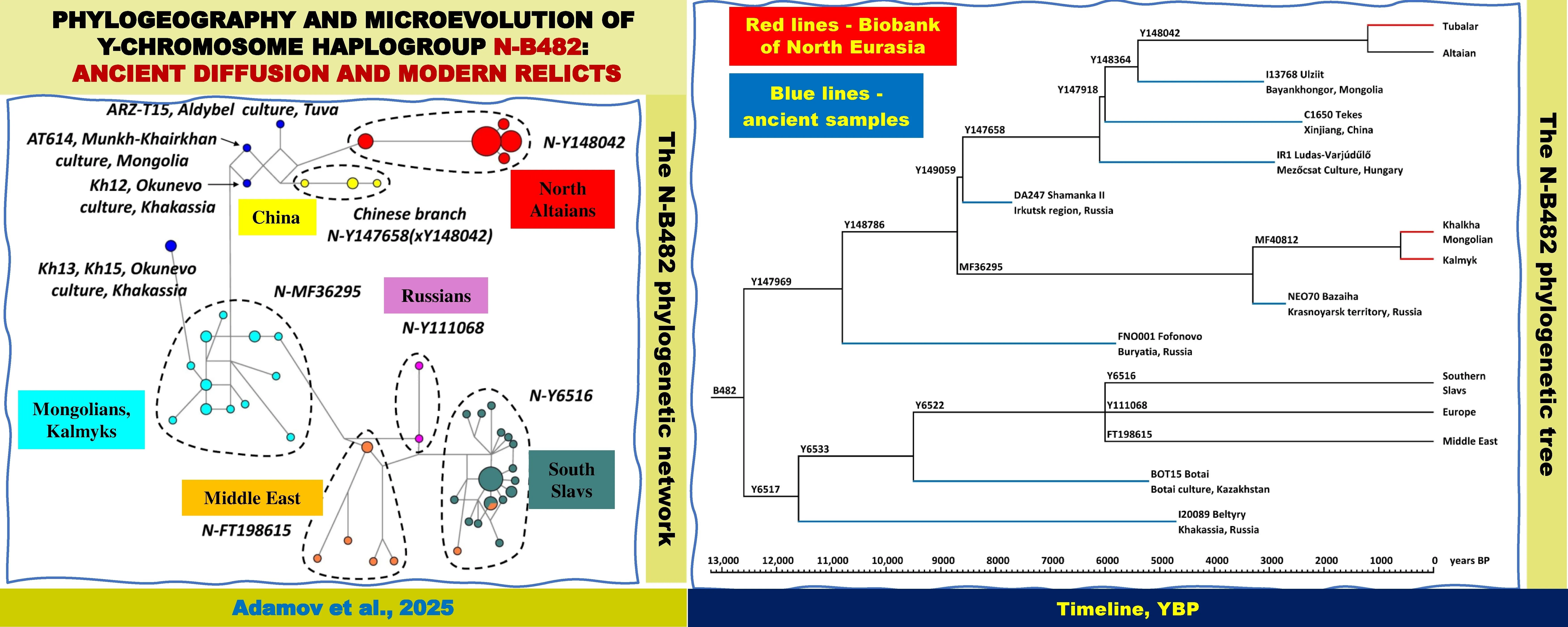
Open Access
Article
27 October 2025Interacting Multiple Model Adaptive Robust Kalman Filter for Position Estimation for Swarm Drones under Hybrid Noise Conditions
This study evaluates the Interacting Multiple Model Adaptive Robust Kalman Filter (IMM-ARKF) for accurate position estimation in a leader-follower swarm of nine drones, consisting of one leader and eight followers following distinct trajectories. The evaluation is conducted under hybrid noise conditions combining Gaussian and Student’s t-distributions at 10%, 30%, and 50% ratios. The IMM-ARKF, which relies solely on its adaptive robust filtering mechanism, is compared with standard Interacting Multiple Model Kalman Filter (IMM-KF) and Extended Kalman Filter (IMM-EKF) methods. Simulations show that IMM-ARKF provides better accuracy, reducing root mean square error (RMSE) by up to 43.9% compared to IMM-EKF and 34.9% compared to IMM-KF across different noise conditions, due to its ability to adapt to hybrid noise. However, this improved performance comes with a computational cost, increasing processing time by up to 148% compared to IMM-EKF and 92.1% compared to IMM-KF, reflecting the complexity of its adaptive approach. These results demonstrate the effectiveness of IMM-ARKF in enhancing navigation accuracy and robustness for multi-drone systems in challenging environments.
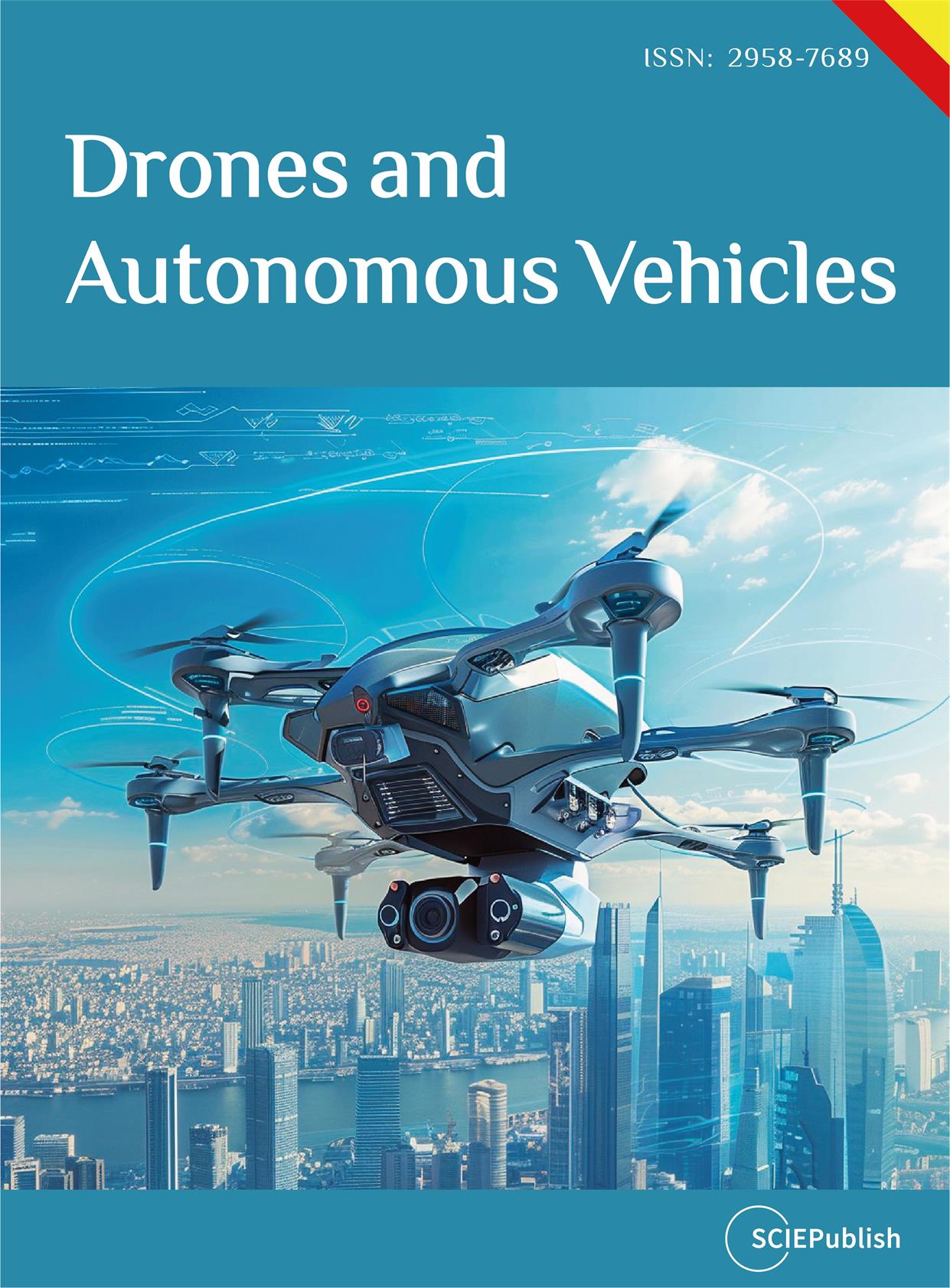
Open Access
Communication
24 October 2025Investigating Potential PFAS Emissions from Initial Electrolyzer Operation
The fluoropolymers used in proton exchange membrane (PEM) water electrolysis are part of the broad OECD definition of per- and polyfluoroalkyl substances (PFAS), a family of substances subject to increasing regulation. Potential PFAS emissions during commercial operation have been investigated in PEM fuel cells, but have not been reported for PEM electrolyzers. Based on previous measurements of fluoride release rates in water, potential emissions of fluorinated substances are likely to be detectable during the onset of stack operation. This observation is extended to evaluating potential PFAS emissions by collecting and analyzing recirculated water samples from a multi-megawatt PEM electrolyser plant in the first ~2 weeks of operation. No PFAS substances were detected using U.S. EPA Method 1633, consistent with the lack of observed degradation based on cell voltage and fluoride measurements. Methodologies for selecting and handling water samples were established. Minimizing gas crossover and maintaining water quality during electrolyzer operation can mitigate potential chemical degradation via hydroxyl radical formation. Implementing dual uses of the reverse osmosis deionization system to provide water and wastewater treatment can increase closed-loop operation and minimize potential PFAS emissions from wastewater.
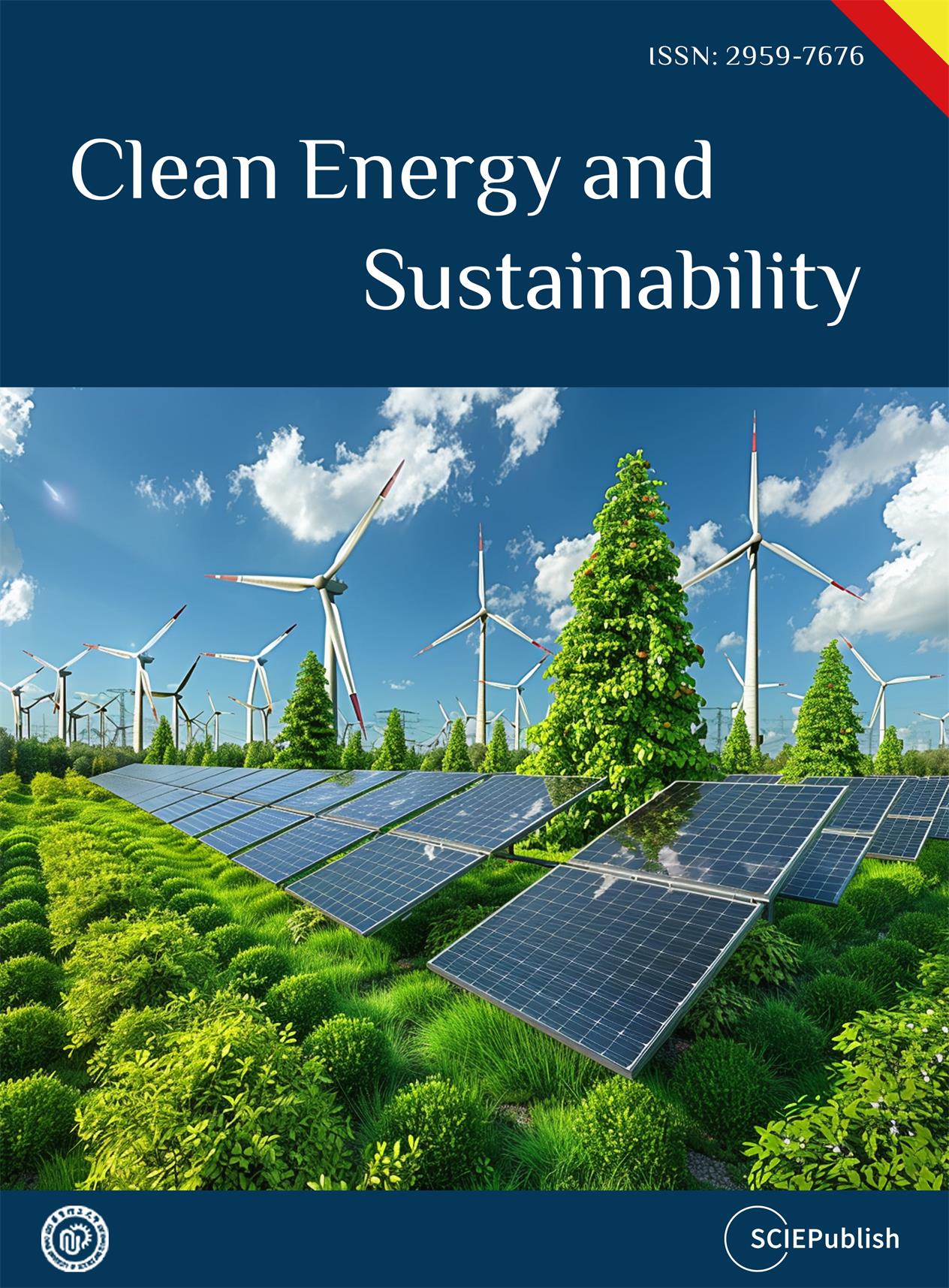
Open Access
Article
24 October 2025N-TiO2 Photonic and Quantum Photocatalytic Efficiency Determined by Monte Carlo Simulation
Nitrogen-modified titanium dioxide (N-TiO2) is proposed as an alternative to improve solar light absorption in photocatalytic applications. Due to its high chemical stability and low toxicity, various synthesis methods have been developed, yielding materials with different properties. Evaluating its performance compared to other photocatalysts requires calculating the quantum efficiency, which involves appropriate mathematical models to interpret experimental data. This study used a Monte Carlo approach to determine the local volumetric rate of photon absorption (LVRPA). TiO2 and N-TiO2 were synthesized via the sol-gel method using urea as the nitrogen source, and commercial TiO2 P-25 was used as a reference. Formic acid and salicylic acid were chosen as model pollutants due to their differing adsorption behavior on TiO2. Three light sources were used: UVA, white, and blue light. Nitrogen doping increased quantum efficiency for formic acid degradation under UVA from 2.4 to 3.5 (46% increase) and salicylic acid from 1.0 to 2.1 (110% increase). P-25 showed the highest efficiencies under UVA, with 6.2 for formic acid and 5.2 for salicylic acid. Under white light, salicylic acid degradation efficiency doubled from 0.4 to 0.8 after nitrogen doping. No activity was observed for formic acid with undoped TiO2 under white light, but N-TiO2 achieved 1.1. Under blue light, no activity was detected for formic acid, while salicylic acid degradation showed efficiencies of 0.3 (N-TiO2) and 0.2 (P-25). Quantum efficiency was highest under UVA, indicating that nitrogen doping improves visible light response but does not surpass UVA performance.

Open Access
Review
23 October 2025Adaptive Time Management: A Life-History Framework Integrating Mental Time Travel, Mortality Awareness, and Anticipatory Decision-Making
Adaptive time management is a newly developed life-history framework that integrates humans’ capacity for mental time travel with mortality awareness as a strategic process for time and resource allocation. Rather than triggering terror management, we conceptualize mortality awareness as an adaptive cue that recalibrates subjective time perception and episodic future thinking. This framework maps three key life-history factors (resource scarcity, unpredictability, and harshness) onto corresponding decision premises: perceived remaining time, death’s uncertainty, and life’s inevitability. We review evidence suggesting that: (1) constricted horizons accelerate delay discounting and favor immediate, fast strategies; (2) unpredictability of death (temporal variation of death) evokes emotions and prompt strategic present-oriented choices that secure survival under high-risk conditions; (3) inevitability of death (life’s finitude) fosters slow strategies through resource bet-hedging mental travel that allows time measure and management; and (4) episodic end-of-life thinking elicits anticipatory emotions that adaptively regulate self-control and cognitive reappraisal. We also introduce preliminary findings on “life-history intertemporal meditation” as a potential intervention for adaptive regulation. Finally, we discuss adaptive time management in applications in death education and mental health. Together, this framework highlights how harnessing life-history mental time travel and mortality awareness can promote adaptive decision-making and emotional resilience across the lifespan.

Open Access
Article
23 October 2025New Model of Multicomponent Raw Materials and Its Use in Intensifying Hydrotreating Process of Diesel Fuel
Hydrotreating of diesel fuel aims to reduce the sulfur content in the fuel to 10 ppm to meet environmental standards. However, this deep purification of diesel requires the use of expensive catalysts at hydrotreating plants with giant reactors with a capacity of 200–600 cubic meters. Such large volumes of reactors are associated with classical kinetic methods for chemical reactions, where the feedstock is in the reactor until the required conversion depth is reached. All known mathematical models for diesel hydrotreatment have a common drawback: they rely on approximations about the composition of multicomponent raw materials containing dozens of different organic sulfur compounds that react differently in hydrogenation reactions. This raw material is often presented in a mathematical model as a combination of two to six pseudo-components or lumps combining organosulfur impurities from one or more homologous groups. This theoretical basis allows us to simulate the current state of hydrotreating technology, but does not develop and promote it. We propose a new approach to mathematical modelling of diesel fuel hydrotreating, in which the structure of the mathematical model considers the composition of raw material as a set of 10–20 narrow fractions. The set of hydrogenated organosulfuric impurities within each fraction is treated as a single pseudocomponent. This allows us to integrate the system of differential equations of the model and adapt the rate constant to the concentration of hydrogenated organosulfur impurities at any given time during the process. The developed model has also allowed us to propose a new technology, hydrotreatment: separating the feedstock into two or three wide fractions, combining the corresponding narrow fractions, and then subjecting them to individual hydrogenation processes. As a new approach, this differential hydrotreatment technique will reduce the catalyst load in the hydrotreatment unit by approximately 50%, while maintaining efficiency of processing, or double efficiency while maintaining a similar catalyst load using traditional technology.
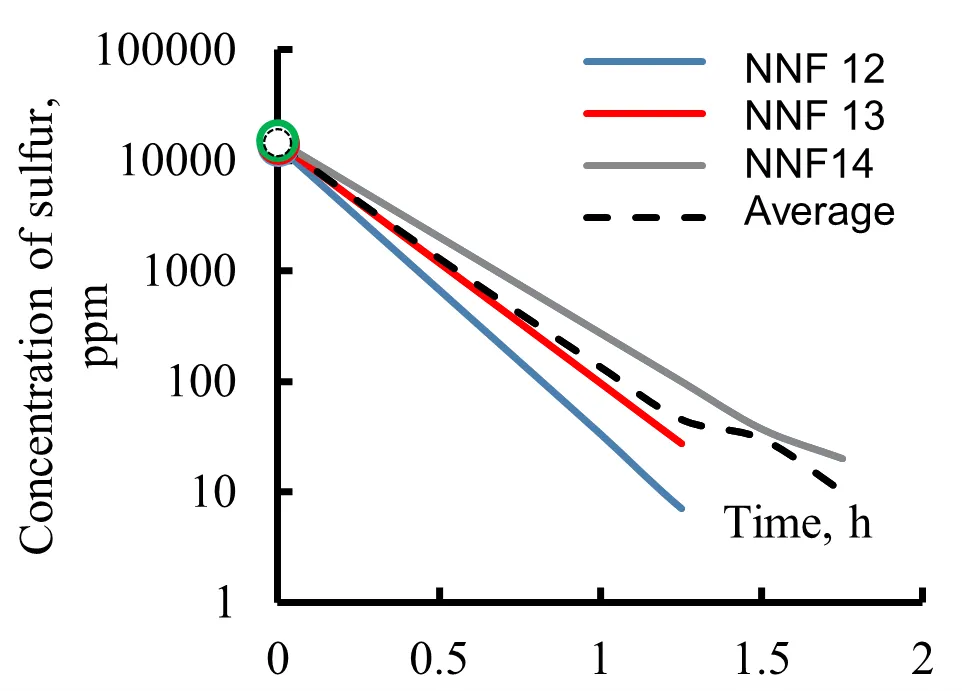
Open Access
Review
23 October 2025Unpacking the Transformative Power of the Rights of Nature: Rethinking Self, Society, and Nature in Environmental Governance in Tanzania
This study examines the transformative potential of integrating the Rights of Nature (RoN) into Tanzania’s environmental governance framework to address persistent ecological degradation, legal marginalization of local communities, and systemic governance gaps. Despite global progress in adopting the Rights of Nature (RoN), where ecosystems are granted legal personhood and communities serve as guardians Tanzania’s legal and institutional frameworks remain predominantly anthropocentric, lacking provisions that recognize nature’s intrinsic value. The primary objective of the study was to critically evaluate the extent to which Tanzania’s current governance systems reflect or exclude RoN principles and to propose transformative pathways grounded in justice, inclusivity, and local knowledge. The study analyzed international legal instruments, Tanzanian statutes, scholarly literature, and case studies using a doctrinal and thematic review methodology. Findings reveal that, despite Tanzania’s comprehensive environmental legislation, such as the Environmental Management Act (2004), key provisions fail to ensure procedural justice and exclude communities from meaningful participation, particularly under Strategic Environmental Assessment regulations. Conversely, local and Indigenous communities such as the Maasai, Chagga, and Zaramo have long practiced ecological stewardship grounded in relational worldviews, echoing RoN values. However, these systems are neither legally recognized nor institutionalized. The study concludes that a shift towards rights-based and transformative governance is necessary to address environmental injustice and ecological decline. It recommends revising legal frameworks to grant ecosystem rights, mandating participatory governance, and embedding Indigenous and local knowledge into environmental policy. Such reforms will not only enhance ecological integrity and local empowerment but also contribute to achieving Tanzania’s commitments under Sustainable Development Goals (SDGs) 13, 15, and 16.

Open Access
Editorial
22 October 2025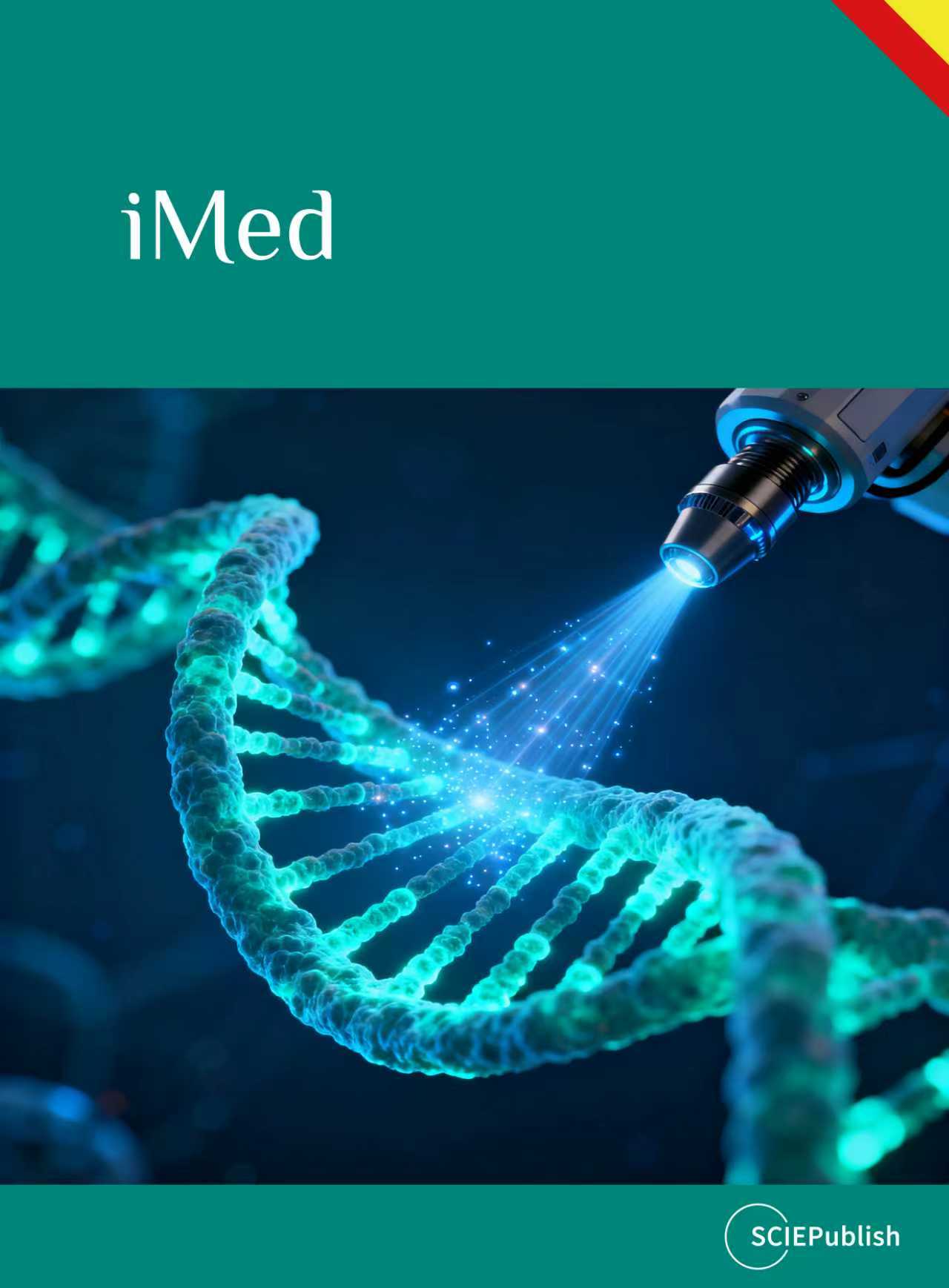
Open Access
Review
22 October 2025Beyond Genetics: Exploring Aspects of Non-Biological Kinship in Prehistoric Times
This article explores alternative ways of conceptualizing kinship in prehistoric contexts beyond the confines of genetic reductionism. While ancient DNA research has revitalized interest in the archaeology of kinship, it often privileges patrilineal or matrilineal models and risks obscuring forms of relatedness not grounded in biological ties. Drawing on comparative anthropological models and archaeological case studies, the paper highlights the complexity of kinship as manifested in practices of adoption, fosterage, commensality, co-residence, and non-biological affiliation within (non)nuclear households. By integrating socio-cultural, economic, and material dimensions, it demonstrates the diverse methodological and theoretical approaches necessary to move beyond descent-centered reconstructions. The discussion advocates for an interdisciplinary framework that challenges reductionist assumptions and opens new avenues for understanding relatedness in the deep past. Finally, the article emphasizes the village as a unit of analysis within a multi-scalar approach. It presents future directions and archaeological correlates of adoption, child circulation, and fosterage derived from archaeological, genetic, and ethnographic evidence.
